
The Free Press

In June 2022, after finishing my junior year, I dropped out of high school and flew to a ranch in California. I passed over the green cattle guard—bars laid over a trench to trip up escaping cows—and walked onto the campus of Deep Springs College. The campus comprises a dorm building, a kitchen, and a schoolhouse, all arranged around a small, grassy circle about 100 feet across. I received a handbook with a copy of the student body bylaws and instructions for treating snakebites. This was my orientation.
Deep Springs is one of the most selective colleges in the world and the smallest in the country, admitting only twelve from a pool of several hundred applicants. Students live on a ranch in the White Mountains for two years, earning credits that are accepted by almost every school in America. It has never charged tuition. This is only partly a matter of principle, since students spend around twenty hours a week working—cooking, cleaning, gardening, farming, butchering, and maintaining the college vehicles—which keeps overhead very low.
I had heard about Deep Springs from a distant friend in the fall of 2021 and immediately decided to apply. I grew up in New York City but had spent the past two years of high school on Zoom and felt thoroughly disturbed. I spent the summer of my junior year dreading the return of the familiar dogmatic garble, the ever-changing set of secret codes forbidding you from saying this or that. In literature class, the session’s “conclusion” was often written on the board as you entered the classroom. This was training, not teaching.
So I poured my heart and soul into the first round of applications, a set of five or six essays with infamously odd prompts (“Does the sun go around the earth or the other way around? How do you know?”). After passing to the second round, I was invited to the campus with a group of six other kids from around the country. We worked for a few days, were interviewed by a group of students, and went back home.
After all, what could be more appealing to a young man of my stripe? The place promised solitude and independence. The students seemed intelligent and self-assured. A few months later, I got the phone call and started packing.
In 1917, alarmed by the spiritual decline that he observed in the younger generations, an eccentric millionaire named Lucien Lucius Nunn abandoned his profitable electricity business to found Deep Springs College. Built on the model of the frontier towns in which he made his fortune, Deep Springs consists of a junior college and an operational ranch with around 300 head of cattle. In some form or another, it has inspired many of America’s most successful modern education experiments that you probably haven’t heard of: Outer Coast, Thoreau College, the Tidelines Institute, the Gull Island Institute. At Deep Springs, students have nearly total control over their own education. On Monday, the student committees come together to make decisions about hiring, firing, fundraising, and admissions. On Friday, the student body meets as a whole to hold discussions and elect officials.
The upshot of this is that there’s no legion of administrators to act as a safety net for a lack of energy or imagination. There’s no $50 billion cushion if a piece of equipment is broken. If you think of Harvard or Yale as a mountain, you can think of Deep Springs as a spiderweb—every action sends vibrations everywhere else. One beautiful blue Ford pickup has carried our hay since the ’60s, so it pays to drive it gently. It’d be no small thing to lose.
The same might be said for the people. This past April, I spent a long day moving the irrigation for our alfalfa fields. The wheel line—a long metal tube with sprinklers on top, running through a series of wheels—can be moved by an engine, but must be straightened by hand, in order to prevent the metal from snapping on the next turn. Halfway through my daily moves, a wind came in from one end of the valley and a storm came in from the other. I had to grip the wheel line so as not to be blown off my feet. Clawing my way down the line, I pulled each of the wheels into place. By the end, I was thoroughly soaked. But through the fog, I saw the dim figure of my team leader, who’d walked the quarter mile from campus through the driving rain just to make sure I was all right. It’s difficult to describe the emotional impact of a moment like that.
You could certainly say that, done right, labor is the greatest source of strength for the community. Labor teams get angles on each other that most people in the outside world never see. How does this person behave under stress? When they’re tired? The spiritual heartbeat of the student body becomes audible. A Deep Springs parlor trick, which takes a student about six months to learn, is to call out someone’s name from around a corner—the rhythm of their footsteps gives them away.
This depth of interpersonal knowledge, combined with the simple functioning of the college itself, means very little is hidden. Every student learns to ride a horse. Every student is invited to budget meetings. Every student participates in elections. Every Deep Springer is personally responsible for the health of every part of the college.
Deep Springs Valley is located in the White Mountains, just north of Death Valley National Park. The valley itself is deceptively large. Paved by the retreat of glaciers 10,000 years ago, the valley is not only long and broad but very flat. The huge mountains are all made of the same crumbly, unpacked rock. Gazing across the valley means you’re greeted all around with the same view—these strangely textured mountains—with no intermediate markers of distance.
This can create a number of beautiful illusions with the light. One is the notorious “reverse sunrise”—the bowl-like shape of the valley means that the rising sun lights the college west to east. Another is that distances seem shrunk by the monotonous flatness of the valley floor. As a result, the sky above the valley looks shrunk as well. For about fifteen minutes as the sun dips below the ridgeline, the sky is flooded with twelve miles of condensed color. The open sky above the valley turns into a private theater for the forty-odd residents of the college.
It may be that the latter illusion is striking only to me, coming as I do from a city of skyscrapers and scaffolding. One of my first weeks on campus, I decided to walk to the salt lake at the end of the valley. I figured it was five or six city blocks away.
Three hours later, exhausted and dehydrated, I reached the edge of the lake. It was getting dark when I began to trudge back along the dirt road. Very soon the desert was pitch black, and I began to worry about losing the way. The campus lights had long since disappeared behind a sand dune—the valley, as it turns out, is on a barely perceptible decline. It didn’t help my nerves that the coyotes of the valley were coming out for their nightly hunt. Even on the campus, you can hear them yipping and shrieking to one another when they find a rabbit or a deer. It’s a terrifying sound. Occasionally, I catch the flash of their little eyes.
After two hours or so, my head swimming, I saw the headlights of a truck coming around the next bend. Five minutes later, the truck pulled up and I climbed into the back seat. I was vaguely stunned, and I spent the night turning the experience over in my head. It seemed somehow meaningful. But I woke up the next morning, tried to write to my parents, and found that I didn’t have much to say. It’s a common frustration for Deep Springers, who spend months in a succession of place-specific, high-intensity situations whose weight is difficult to translate into the language of the outside world.
This intensity goes for academics as well as labor. Students can work up levels of passion for a class that I’ve never seen or even heard of. Last year, I took a six-person class on Shakespeare, led by a quiet, knowledgeable professor. The six students in the class got into a sort of arms race, reading the plays more and more carefully in an attempt to catch each other in a mistake. We read in silence in the empty schoolhouse, aided by huge flasks of coffee and tea, and occasionally yelled out a thought or question, which might or might not be answered by someone else, awake in another room. Students came to class on one or two hours of sleep, deliriously quoting whole passages of Shakespeare at each other. It went on for four months.
This alternation of madness and self-control, community and loneliness, gives rise to a conversational rhythm that I’ve felt nowhere else. A Deep Springs, conversation often centers around a critical ten seconds of silence, during which both students stare at each other. The look is a mixture of deep emotional intimacy and suppressed aggression. Students tend to speak softly while being blunt to a point that would be perceived, in the outside world, as an invitation to fight.
After Deep Springs, I may apply to the University of Chicago, where a lot of the Deep Springers go. They tend to gravitate toward one another. What seems to bring them together is a genuine, big-hearted honesty—honesty with themselves, first of all, and then honesty with other people. Honesty makes a dependable laborer, an efficient speaker, a thorough reader, and a good friend.
At 3 or 4 a.m. while I was taking the Shakespeare class, I remember fruitlessly trying to explain a half-baked thesis about A Midsummer Night’s Dream to a friend of mine. I stuttered about how the motivations of the characters were superficial.
“That’s exactly what love is,” he said.
“But formally, the play is a mess. It’s all tangled,” I replied.
“That’s how it works.”
“Come on,” I said irritably. “Don’t you know what I mean?”
I remember him staring at me for what felt like a full minute, though probably it was shorter.
“No,” he said. “I don’t know what you mean.”
And I’ve decided that that phrase sums up the students’ honesty, diligence, and pride as well as their loneliness, stubbornness, and uncertainty. It can be very loving or very cruel. It’s the college’s secret rallying cry. It should be etched into the cattle guard.
Benjamin Samuels goes to school at Deep Springs College in California.
To support our work, subscribe to The Free Press:


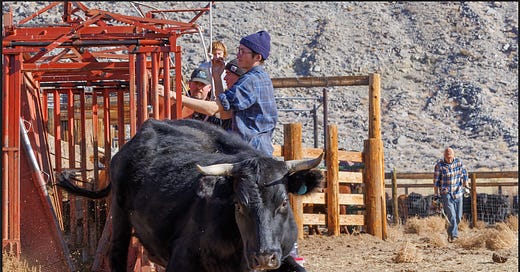


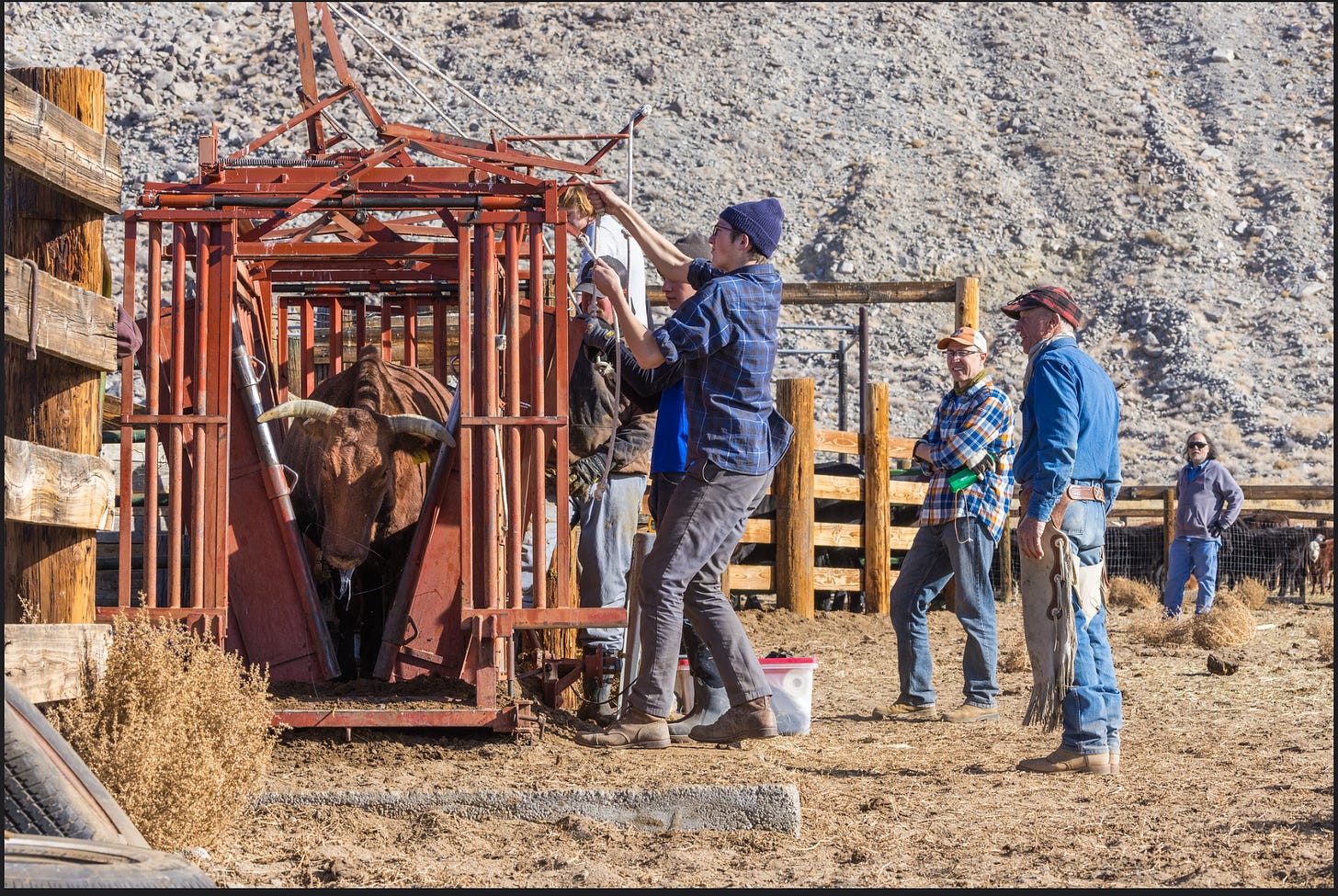

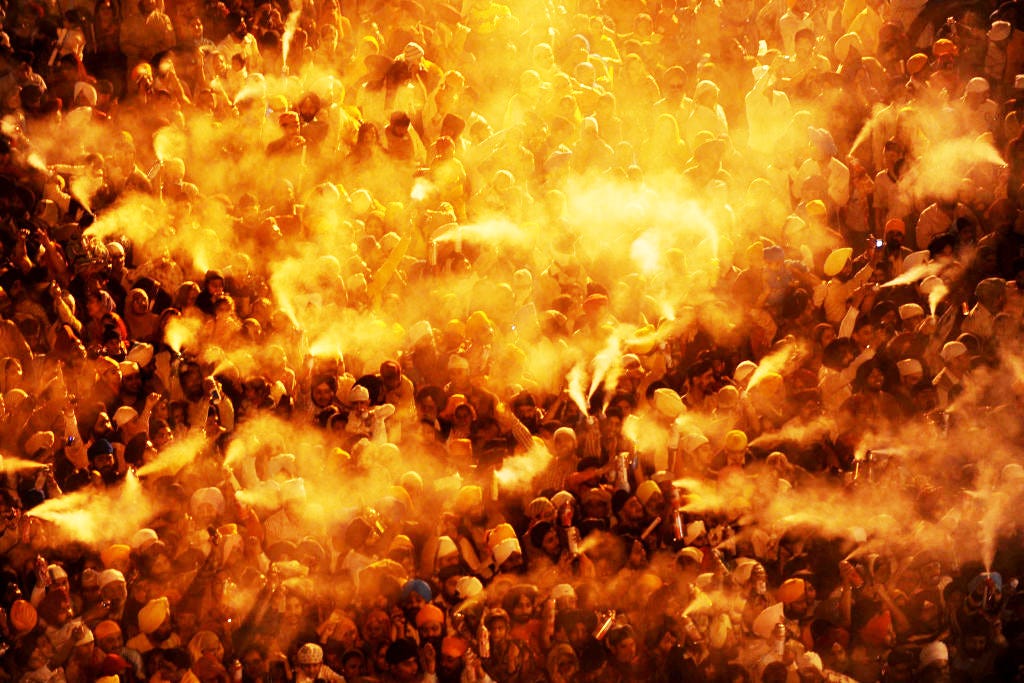

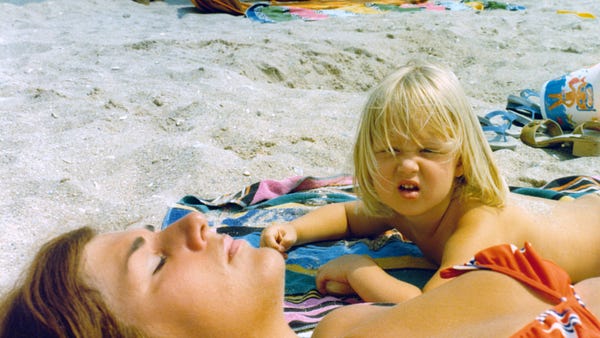

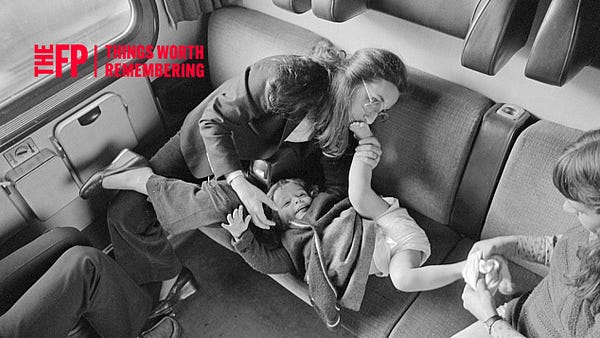



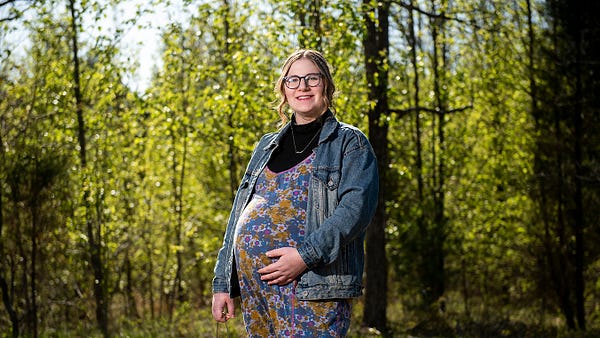


Very good piece, I enjoyed it a lot.
Contrast Ben's experience beautifully described here to our swaddled university students who shudder at violent and grievous 'microaggressions' requiring a swift retreat into their womb-like safe space. There they catch their breath enough to take their stress pill and gather the courage to face the cruel world which may yet drop another triggering event demanding another retreat... Sheesh!